 Do my trees have oak wilt? Oak wilt is a disease that afflicts red and white oak species. It is seen more commonly on red oaks and can affect them quite seriously. It is essential to identify and treat this disease as soon as possible to prevent the spread of this disease and rapid tree loss.
Do my trees have oak wilt? Oak wilt is a disease that afflicts red and white oak species. It is seen more commonly on red oaks and can affect them quite seriously. It is essential to identify and treat this disease as soon as possible to prevent the spread of this disease and rapid tree loss.
What Causes Oak Wilt?
Oak wilt is caused by a fungus. The specific fungus identified with this disease is Ceratocystis fagacearum. The fungus invades the xylem vessels found in the leaves. Trees attempt to stop the spread of the disease by plugging up these vessels, which stops the flow of water and nutrients to the leaves and causing them to wilt. Symptoms typically occur in the mid to late summer and will rapidly progress.
Signs of Oak Wilt
Oak wilt begins at leaf tips and margins, moving toward the center of the leaf. Signs of marginal water soaking accompany leaf browning and scorch-like bronzing, with leaves wilting from the top down and outside in. Once effected, leaves drop rapidly, particularly on red oaks. Sapwood may also be discolored, turning gray-brown to black within outer rings, though this can be difficult to detect in red oaks.
Note: A yellow or dull brown halo between scorched and healthy tissues denotes bacterial leaf scorch, not oak leaf wilt.
Long-Term Effects of Oak Wilt
This disease has a poor prognosis and is fatal and fast-moving. Red oaks can succumb in less than three weeks. Progression is slower in white oaks, advancing in 1-5 years.
Treatment Options for Oak Wilt
Oak wilt can spread above and below ground. To thwart disease progression, trenching around diseased trees to sever root connections to healthy trees is crucial. Preventing damage while using your ProLine Grabber and Forques can also stop the spread of this disease, which is known to infiltrate via injuries. All infected trees within the barrier line should also be removed to prevent overland spreading by sap beetles. Application of restricted-use biocidal chemicals by a licensed pesticide applicator trained in their use may also be employed in critical situations.
Tips for Avoiding Oak Wilt
You can reduce the likelihood of oak wilt by:
- Avoiding pruning or wounding oaks during periods of peak incidence of infection (April-June).
- Quickly removing infected trees and properly treating wood.
- Injecting fungicides into high-value trees without active symptoms. This treatment offers protection for 2-years post-injection.
NOTE: This will not stop the progression in trees already infected.
Prevent the spread of oak wilt with the careful management of trees. ProLine equipment not only speeds tree planting, removal, and shipment but is specially designed to protect your precious trees. Learn more about our extensive line of tree moving and planting equipment today.
Photo Credit: https://www.mikestarks.com/
This article was previously published at: https://www.prolineequipment.com/plant-tree-disease/common-midwest-oak-tree-diseases-oak-wilt/
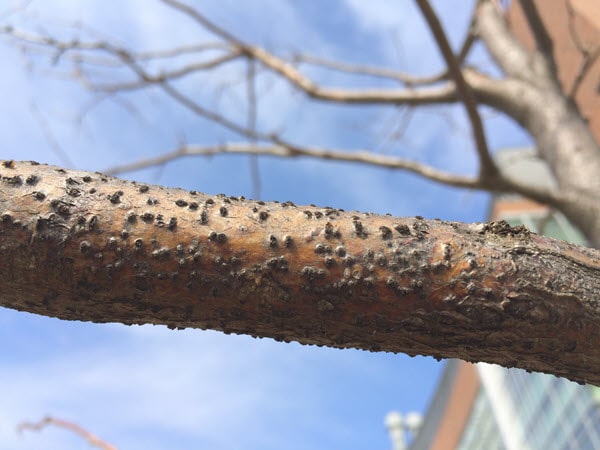 Do my trees have Botryosphaeria twig canker? Botryosphaeria twig canker is a disease that affects red and white oaks. Properly caring for your trees, keeping
Do my trees have Botryosphaeria twig canker? Botryosphaeria twig canker is a disease that affects red and white oaks. Properly caring for your trees, keeping  Do my trees have oak leaf blister? Oak leaf blister is a disease common to red and white oaks. It is seen more frequently in red oaks, however, and can affect them quite severely. Watching out for signs of blisters on the surface of tree leaves may help you identify and treat this disease quickly. One can then address it with the right
Do my trees have oak leaf blister? Oak leaf blister is a disease common to red and white oaks. It is seen more frequently in red oaks, however, and can affect them quite severely. Watching out for signs of blisters on the surface of tree leaves may help you identify and treat this disease quickly. One can then address it with the right 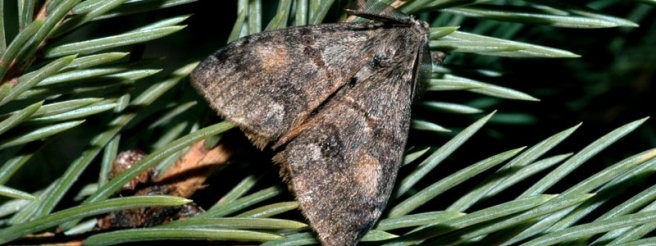 An infestation by Douglas fir tussock moths has claimed 13,000 acres of forest in Idaho, killing trees and driving the Idaho Department of Land to hold salvage timber sales. Infestations are cyclical, occurring every 8-12 years, and lasting 2-4 years. Though trees can sometimes recover, with severe infestations such as this one, damage can lead to tree death.
An infestation by Douglas fir tussock moths has claimed 13,000 acres of forest in Idaho, killing trees and driving the Idaho Department of Land to hold salvage timber sales. Infestations are cyclical, occurring every 8-12 years, and lasting 2-4 years. Though trees can sometimes recover, with severe infestations such as this one, damage can lead to tree death.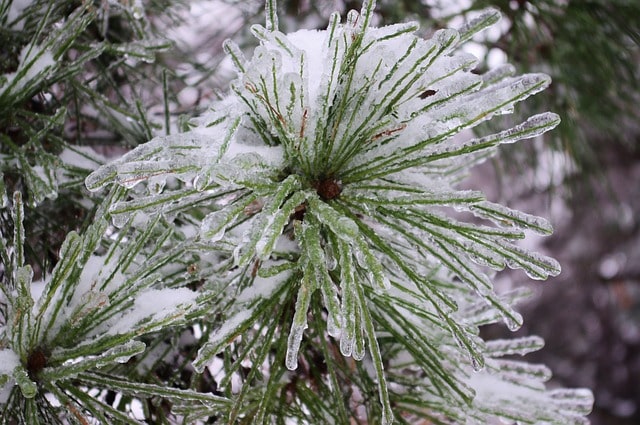 Bitterly cold, icy winter weather can cause significant damage to your trees. When your local forecaster announces the next snowstorm or ‘polar vortex’ is on its way, be mindful of these dangerous winter weather scenarios.
Bitterly cold, icy winter weather can cause significant damage to your trees. When your local forecaster announces the next snowstorm or ‘polar vortex’ is on its way, be mindful of these dangerous winter weather scenarios.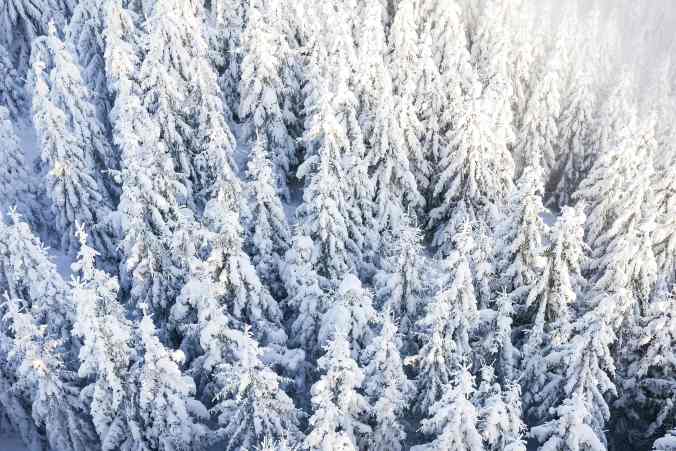 Extended periods of dry weather in the winter without irrigation can mean trouble in the spring. Though your trees are dormant in the winter, they still rely on you for care. Dry, cold, harsh winter conditions can put your trees under stress, which can showcase itself far beyond the winter season. If roots remain dry over an extended period, they could suffer an untimely demise, dying in the summer following their spring bloom.
Extended periods of dry weather in the winter without irrigation can mean trouble in the spring. Though your trees are dormant in the winter, they still rely on you for care. Dry, cold, harsh winter conditions can put your trees under stress, which can showcase itself far beyond the winter season. If roots remain dry over an extended period, they could suffer an untimely demise, dying in the summer following their spring bloom.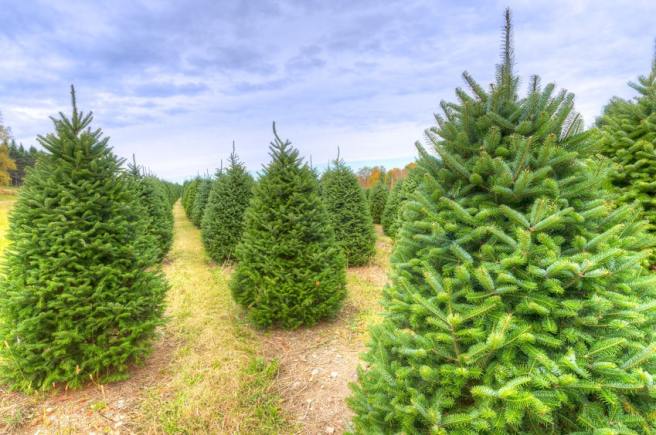 Considering a career change? If you have access to a few acres, tree farming is earth-friendly and profitable with the right inventory. Rather than run-of-the-mill commodity trees used to produce wood pulp, digging into the niche tree industry can help you secure a more substantial, reliable income.
Considering a career change? If you have access to a few acres, tree farming is earth-friendly and profitable with the right inventory. Rather than run-of-the-mill commodity trees used to produce wood pulp, digging into the niche tree industry can help you secure a more substantial, reliable income. Planting trees offers a simple, highly-effective, sustainable means of combating climate change. Trees absorb large amounts of atmospheric carbon dioxide, which has been identified as the leading culprit behind climate change. And according to
Planting trees offers a simple, highly-effective, sustainable means of combating climate change. Trees absorb large amounts of atmospheric carbon dioxide, which has been identified as the leading culprit behind climate change. And according to 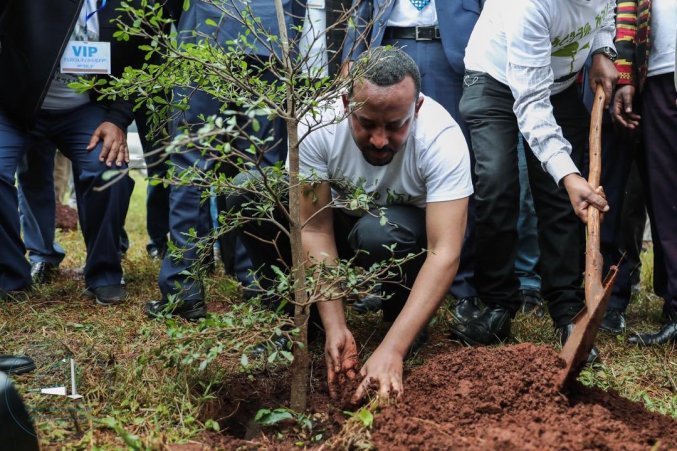 Think you’ve got a streamlined transplanting process? The citizens of Ethiopia may have a leg up on your method. In just 12 hours, Ethiopians planted more than 353 million trees as part of their reforestation campaign “Green Legacy.” Officials believed the group set a world record.
Think you’ve got a streamlined transplanting process? The citizens of Ethiopia may have a leg up on your method. In just 12 hours, Ethiopians planted more than 353 million trees as part of their reforestation campaign “Green Legacy.” Officials believed the group set a world record.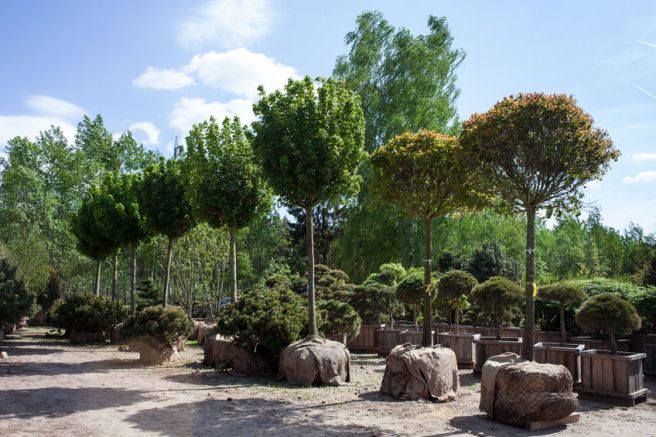 Whether moving from the tree farm to the customer’s location or from one location on a property to another, transplanting considerations are needed to avoid damage that might affect the tree’s survival. Unnecessary root exposure or rough handling can seriously impact the tree’s health and, for the nursery or landscaper, can become an expensive problem.
Whether moving from the tree farm to the customer’s location or from one location on a property to another, transplanting considerations are needed to avoid damage that might affect the tree’s survival. Unnecessary root exposure or rough handling can seriously impact the tree’s health and, for the nursery or landscaper, can become an expensive problem.